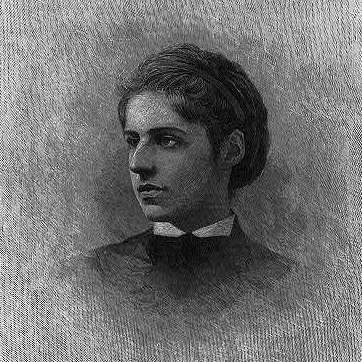Not like the brazen giant of Greek fame,
With conquering limbs astride from land to land;
Here at our sea-washed, sunset gates shall stand
A mighty woman with a torch, whose flame
Is the imprisoned lightning, and her name
Mother of Exiles. From her beacon-hand
Glows world-wide welcome; her mild eyes command
The air-bridged harbor that twin cities frame.
“Keep, ancient lands, your storied pomp!” cries she
With silent lips. “Give me your tired, your poor,
Your huddled masses yearning to breathe free,
The wretched refuse of your teeming shore.
Send these, the homeless, tempest-tost to me,
I lift my lamp beside the golden door!”
Published:
1883
Length:
Regular
Literary Movements:
Victorian
Anthology Years:
2024
Themes:
Immigration
Poetic Form
Literary Devices:
Dialogue
conversation between two or more people as a feature of a book, play, or movie
Iambic Pentameter
a line of verse composed of five iambs– an unstressed syllable followed by a stressed syllable (u / u / u / u / u /) commonly used in the Renaissance period
Sonnet
A poem with fourteen lines that traditionally uses a fixed rhyme scheme and meter.

